Travel to Japan, and discover the city of Kyoto, as part 4 of my amazing trip to Japan.
Located in the central part of the island of Honshu, Kyoto was formerly the Imperial capital of Japan for more than one thousand years (from 794 till 1868)
Also known as the City of Ten Thousand Shrines, Kyoto is the capital city of Kyoto Prefecture located in the Kansai region.
So there is a lot of Buddhist temples and Shinto shrines to visit in Kyoto.
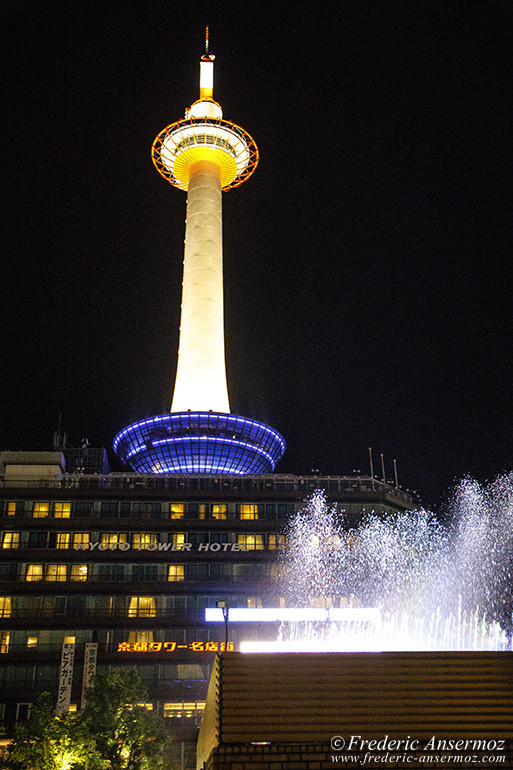
F3.2, 1/100 sec, 25 mm, ISO5000, Canon EOS 7D Mark II
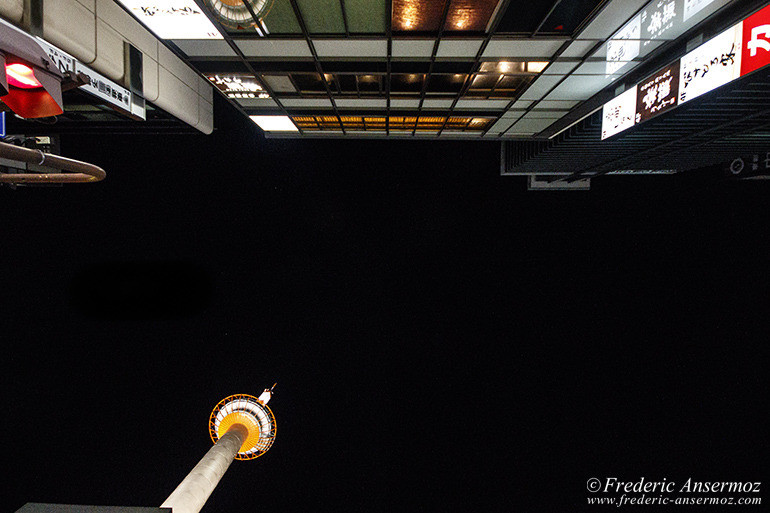
F4, 1/100 sec, 10 mm, ISO5000, Canon EOS 7D Mark II
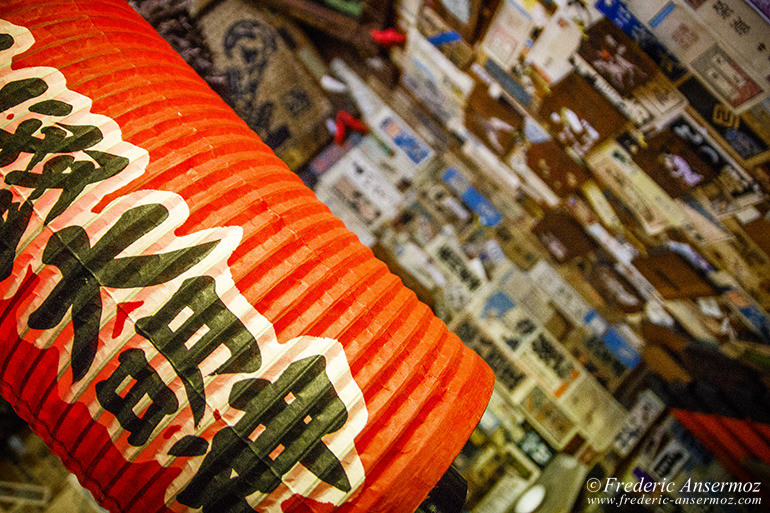
F2.8, 1/800 sec, 17 mm, ISO6400, Canon EOS 7D Mark II
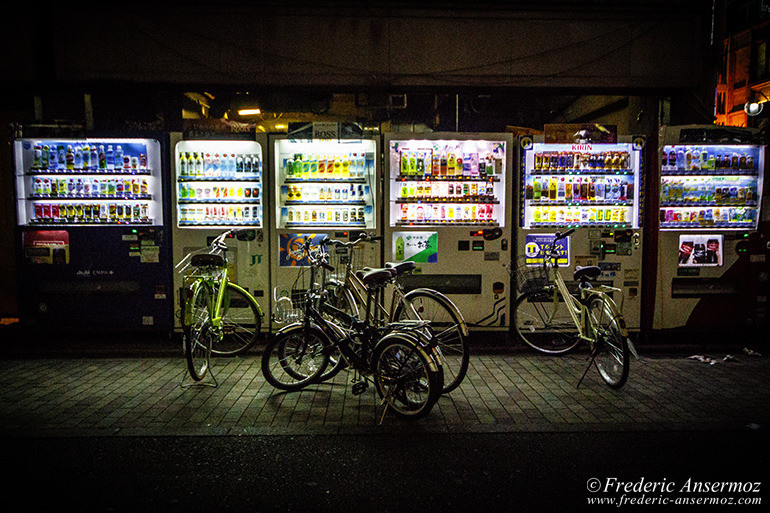
F5.6, 1/320 sec, 20 mm, ISO5000, Canon EOS 7D Mark II
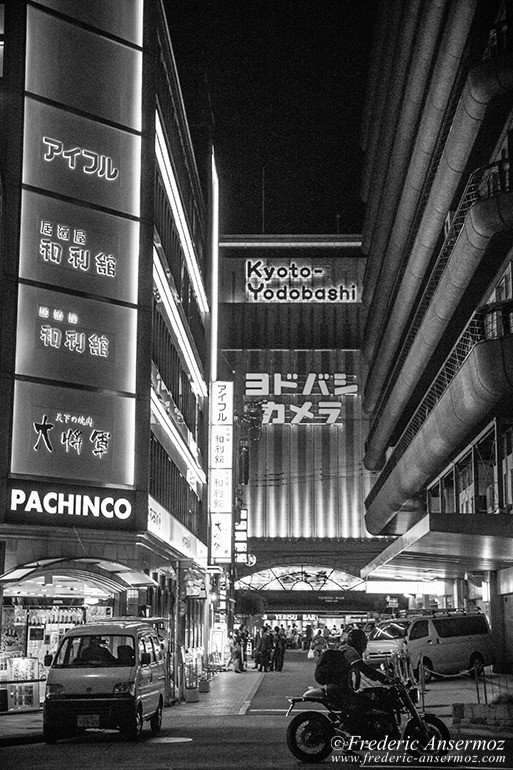
F3.5, 1/500 sec, 37 mm, ISO5000, Canon EOS 7D Mark II
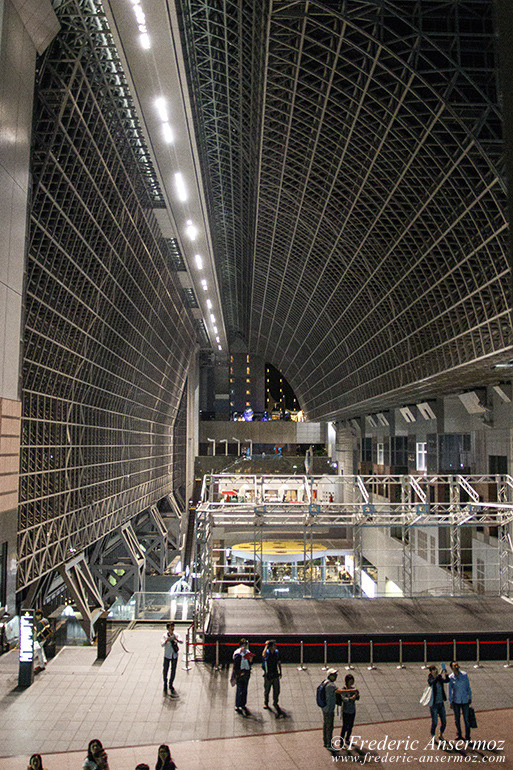
F3.2, 1/50 sec, 17 mm, ISO5000, Canon EOS 7D Mark II
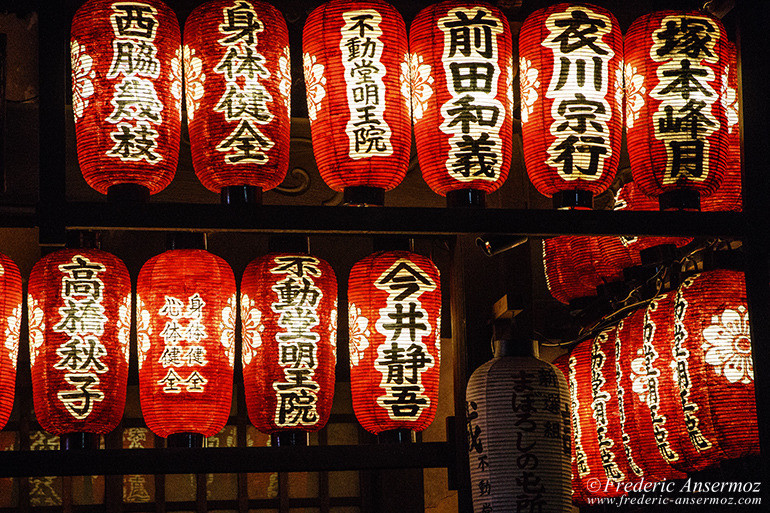
F4, 1/160 sec, 70 mm, ISO5000, Canon EOS 7D Mark II
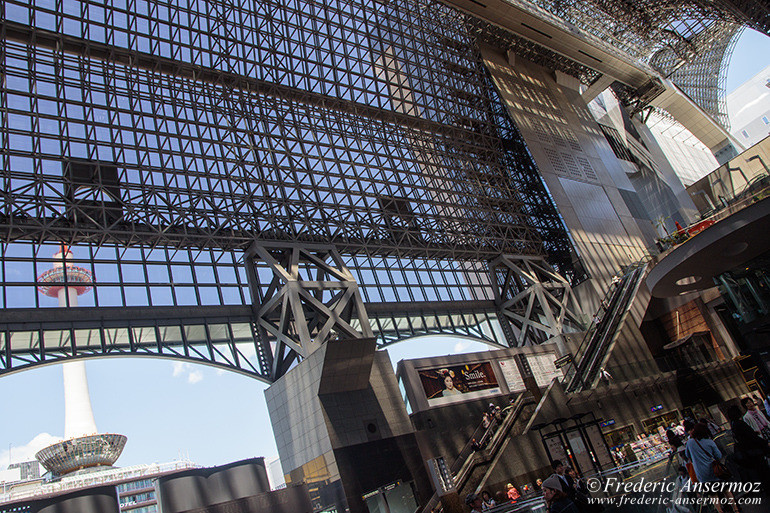
F7.1, 1/160 sec, 17 mm, ISO200, Canon EOS 7D Mark II
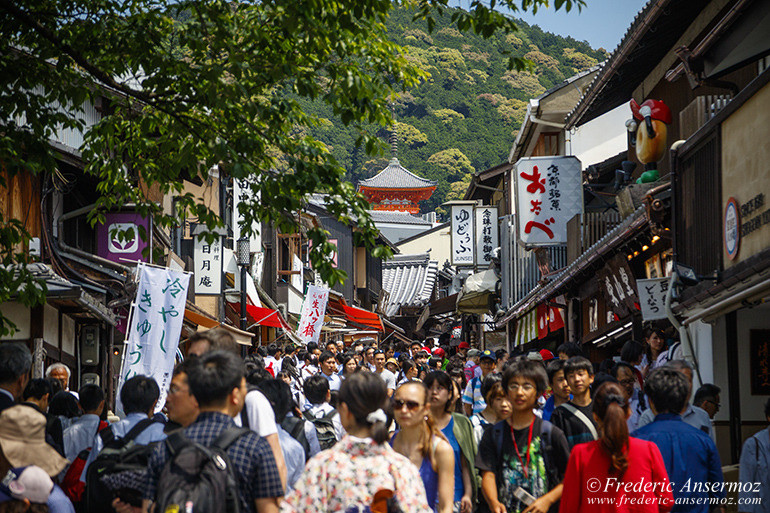
F4, 1/3200 sec, 63 mm, ISO400, Canon EOS 7D Mark II
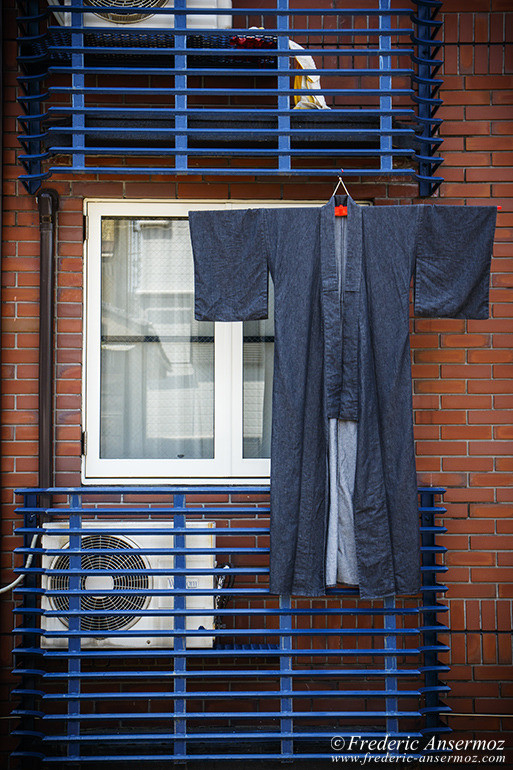
F5.6, 1/160 sec, 41 mm, ISO200, Canon EOS 7D Mark II
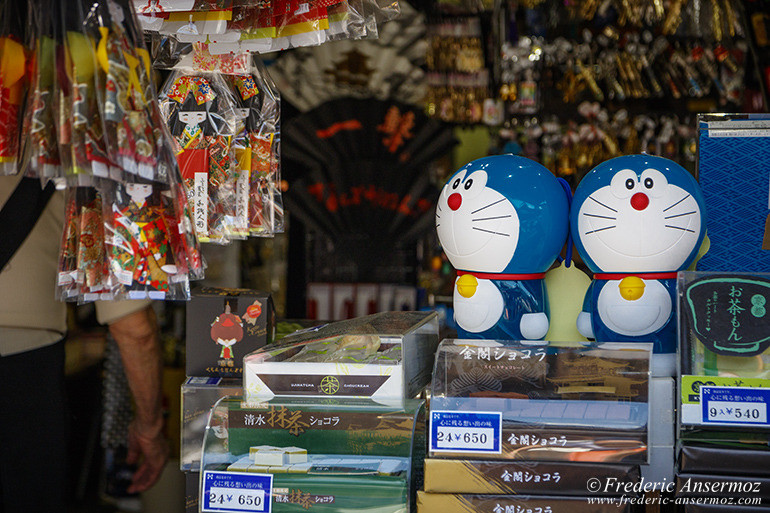
F4, 1/640 sec, 58 mm, ISO400, Canon EOS 7D Mark II
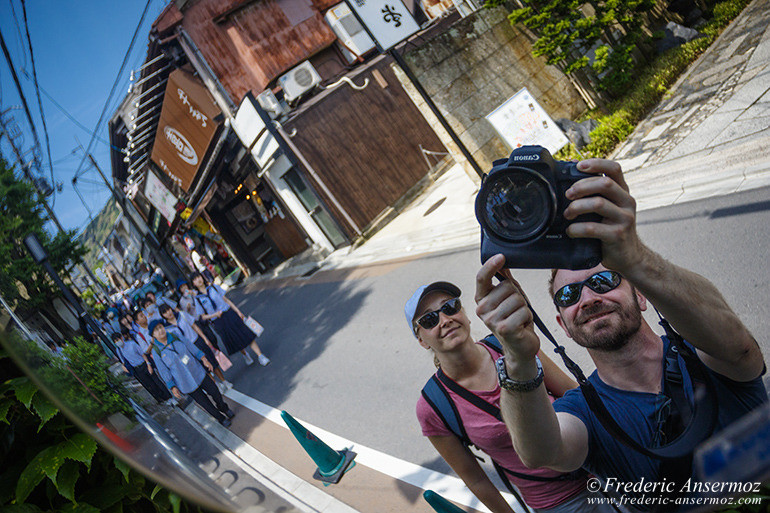
F3.5, 1/3200 sec, 28 mm, ISO400, Canon EOS 7D Mark II
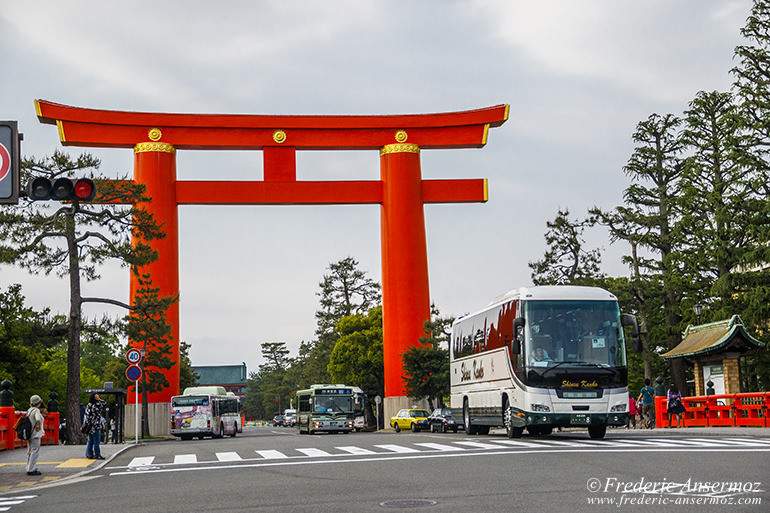
F3.5, 1/8000 sec, 41 mm, ISO800, Canon EOS 7D Mark II
Kiyomizu-dera Temple is one of the most popular temples in Kyoto.
Present buildings are reconstructions from 1633, but this ancient temple was first built in 798.
The huge veranda of the Main Hall (Hondo), is supported by pillars and juts out over the hillside. Just below the hall is the Otowa-no-taki waterfall, where visitors can drink sacred waters, believed to give health and longevity.

F3.2, 1/3200 sec, 21 mm, ISO400, Canon EOS 7D Mark II

F8, 1/1600 sec, 58 mm, ISO400, Canon EOS 7D Mark II

F5.6, 1/1600 sec, 34 mm, ISO400, Canon EOS 7D Mark II

F3.2, 1/3200 sec, 25 mm, ISO400, Canon EOS 7D Mark II
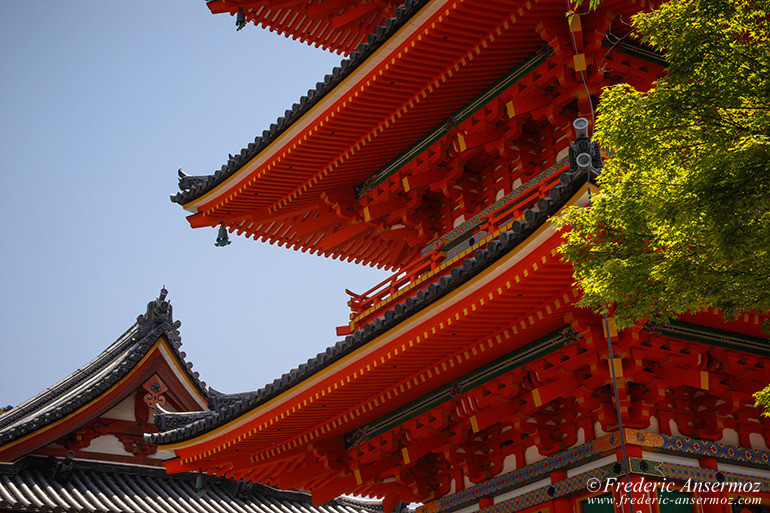
F11, 1/400 sec, 41 mm, ISO400, Canon EOS 7D Mark II

F4, 1/320 sec, 70 mm, ISO400, Canon EOS 7D Mark II
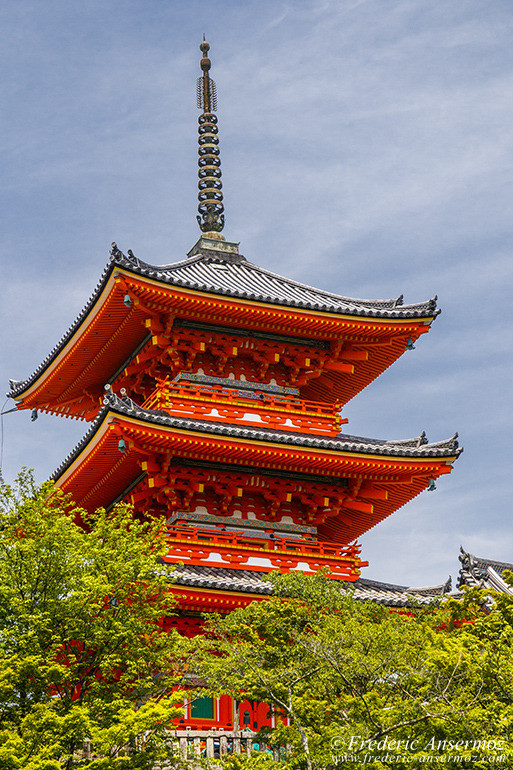
F7.1, 1/2000 sec, 53 mm, ISO400, Canon EOS 7D Mark II
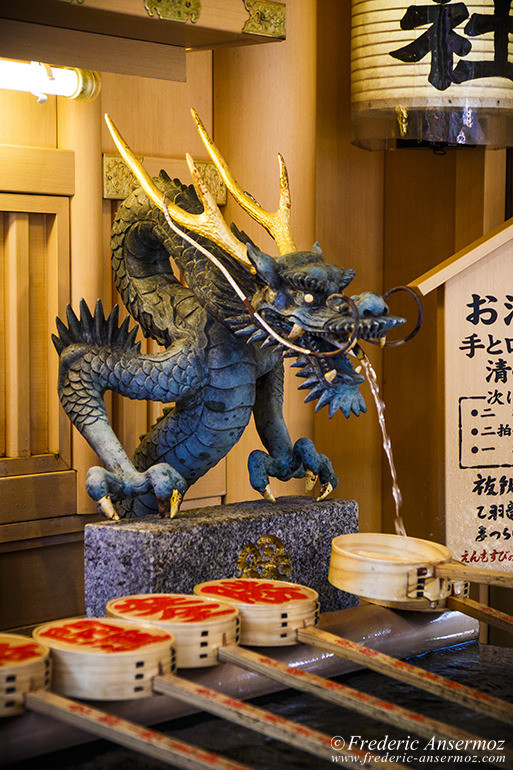
F4, 1/160 sec, 53 mm, ISO400, Canon EOS 7D Mark II

F6.3, 1/640 sec, 53 mm, ISO400, Canon EOS 7D Mark II

F13, 1/800 sec, 23 mm, ISO400, Canon EOS 7D Mark II

F8, 1/400 sec, 17 mm, ISO400, Canon EOS 7D Mark II
Nanzenji Temple is one of the most important Zen temples in all of Japan. Including many other temples (Konchi-in Temple, Tenjuan Temple, etc.), it is the head temple of one of the schools within the Rinzai sect of Japanese Zen Buddhism.
You will first come across Nanzenji’s massive Sanmon entrance gate, which was constructed in 1628.
Tenjuan Temple is known for its two enjoyable gardens, a rock garden and a pond garden.

F8, 1/100 sec, 17 mm, ISO800, Canon EOS 7D Mark II

F8, 1/200 sec, 19 mm, ISO800, Canon EOS 7D Mark II

F3.5, 1/4000 sec, 37 mm, ISO800, Canon EOS 7D Mark II

F4, 1/1000 sec, 70 mm, ISO800, Canon EOS 7D Mark II

F4, 1/640 sec, 31 mm, ISO800, Canon EOS 7D Mark II
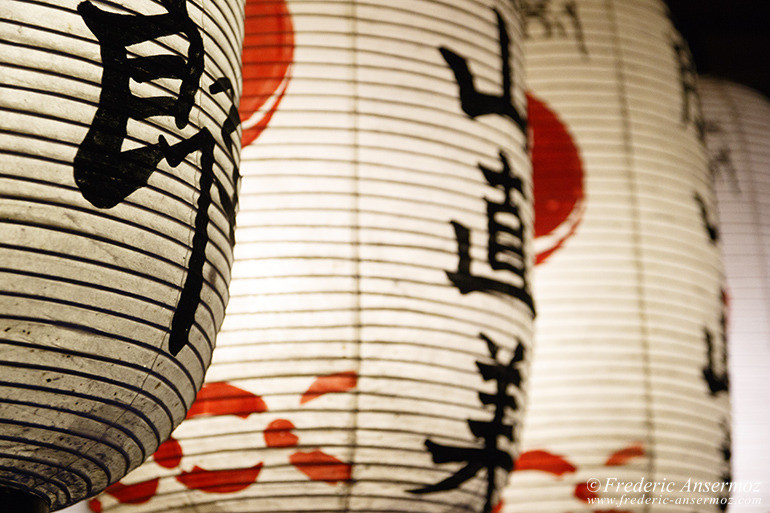
F4, 1/60 sec, 58 mm, ISO1600, Canon EOS 7D Mark II
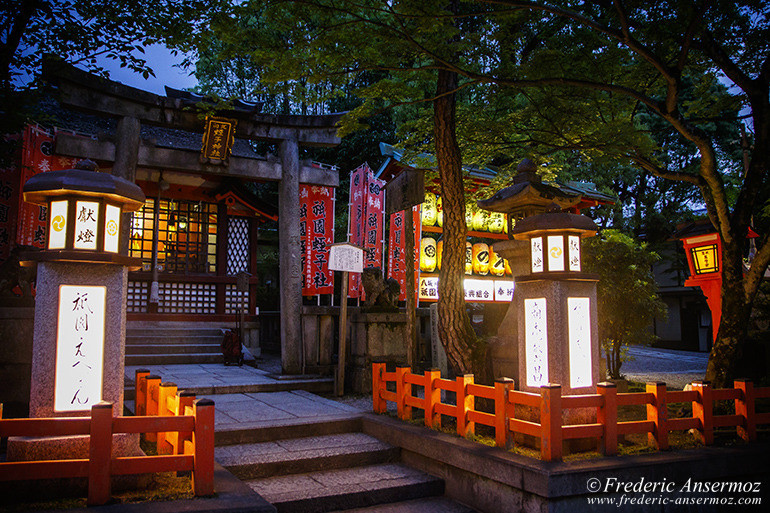
F2.8, 1/30 sec, 17 mm, ISO1600, Canon EOS 7D Mark II
Member of the Japanese Association of Zoos and Aquariums (JAZA), the Kyoto Municipal Zoo is a small 3.4-hectare (8.4-acre) zoo located in Sakyo ward .
It was established in 1903, making it the second oldest zoo in the country after Ueno Zoo in Tokyo.
Most animals are housed in concrete and steel cages constructed between 30 and almost 90 years ago, which can be disappointing. Some construction work is actually happening at the Kyoto Zoo.
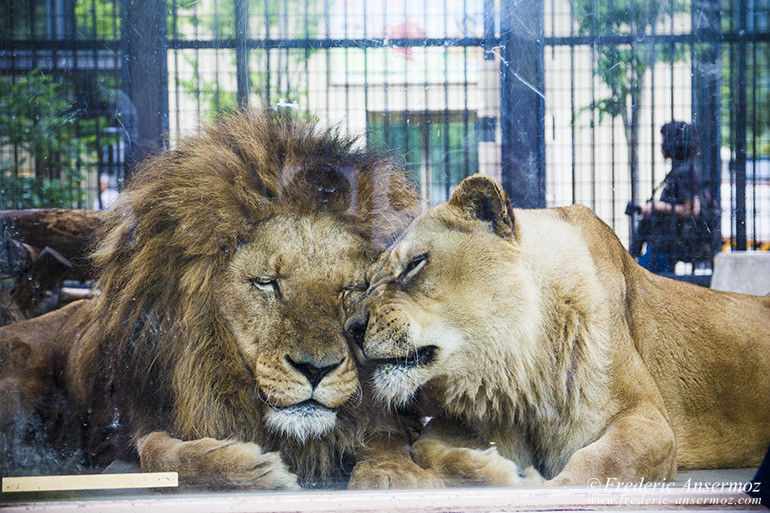
F4, 1/1250 sec, 45 mm, ISO800, Canon EOS 7D Mark II
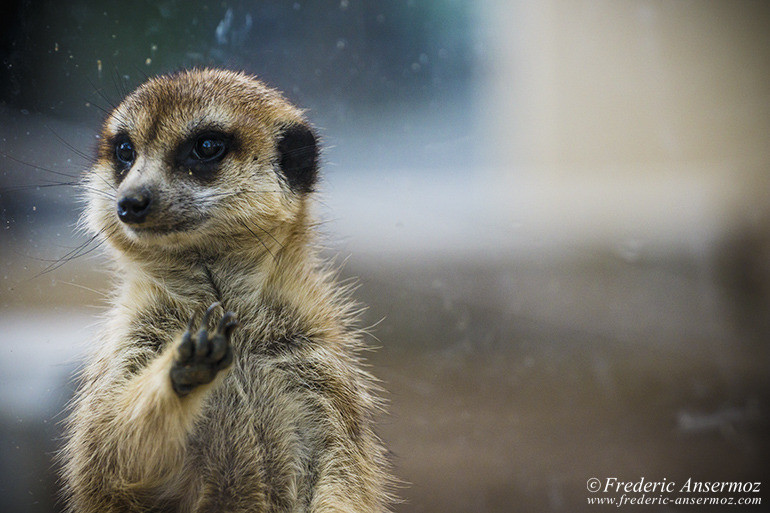
F4, 1/2000 sec, 126 mm, ISO800, Canon EOS 7D Mark II
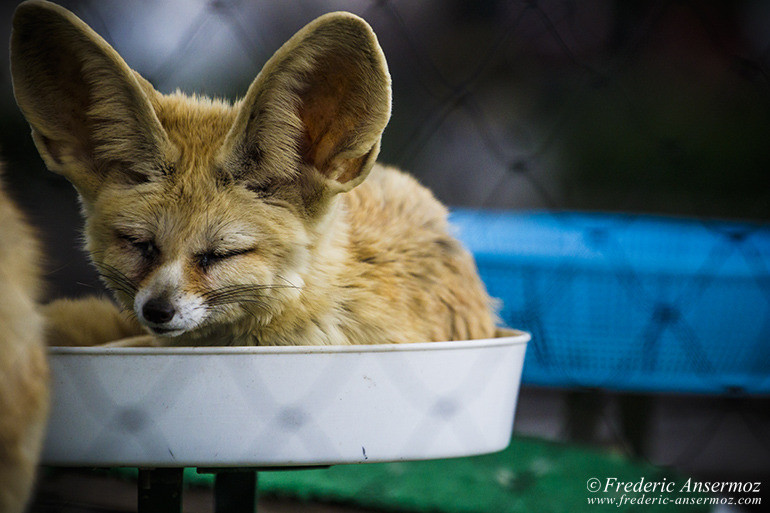
F4, 1/4000 sec, 200 mm, ISO800, Canon EOS 7D Mark II
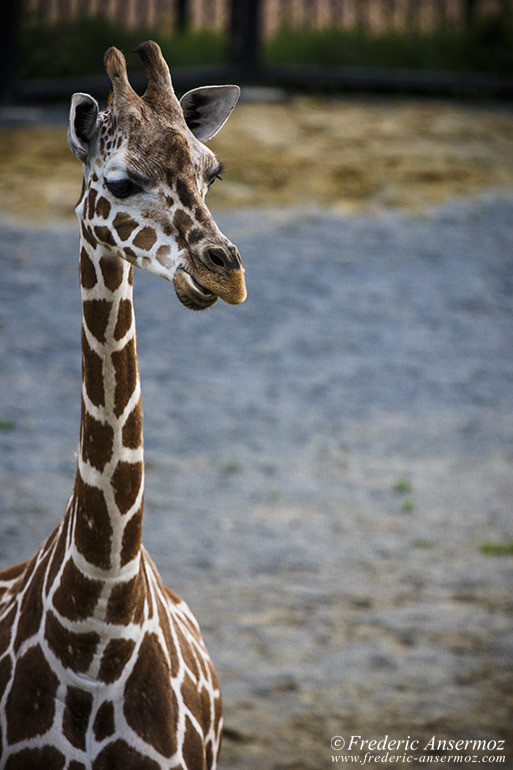
F4, 1/4000 sec, 200 mm, ISO800, Canon EOS 7D Mark II
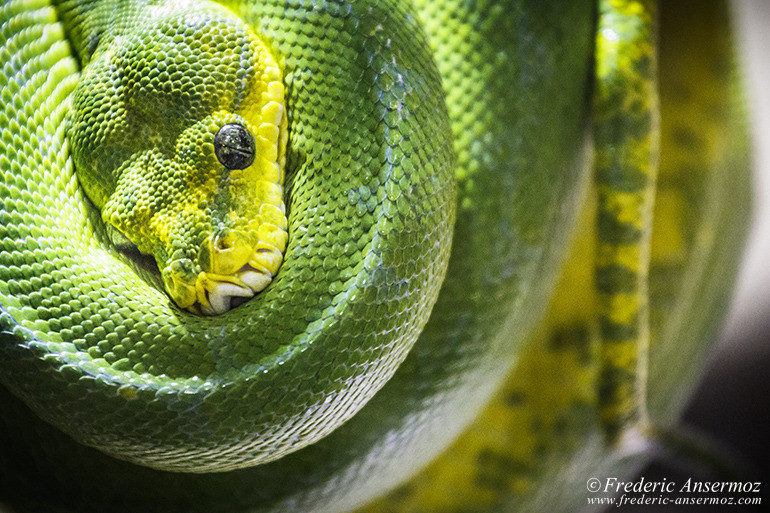
F4, 1/60 sec, 200 mm, ISO6400, Canon EOS 7D Mark II
At the entrance, shrines are characterized by a “torii” gate, while temples are characterized by a “sanmon” gate.
I strongly recommend you to pay a visit to Sanjusangendo, the popular name for Rengeo-in. Founded in 1164, and rebuilt after a major fire, this famous temple is known for its 1001 statues of Kannon, the goddess of mercy.
It`s forbidden to take photographs inside, so there won`t be any picture here.

F5.6, 1/100 sec, 19 mm, ISO200, Canon EOS 7D Mark II

F5.6, 1/130 sec, 45 mm, ISO200, Canon EOS 7D Mark II

F5.6, 1/20 sec, 53 mm, ISO200, Canon EOS 7D Mark II

F2.8, 1/4000 sec, 17 mm, ISO400, Canon EOS 7D Mark II

F11, 1/500 sec, 17 mm, ISO800, Canon EOS 7D Mark II

F4, 1/5000 sec, 200 mm, ISO800, Canon EOS 7D Mark II

F4, 1/6400 sec, 98 mm, ISO800, Canon EOS 7D Mark II

F14, 1/640 sec, 45 mm, ISO800, Canon EOS 7D Mark II

F6.3, 1/800 sec, 17 mm, ISO800, Canon EOS 7D Mark II
The japanese culture is so impressive that you will want to discover the most of it. The Art in Japan is amazing and you must keep your eyes wide open while visiting the country.
In Gion, Kyoto’s most famous geisha district, you will maybe have a chance to encounter a geiko (Kyoto dialect for geisha) or a maiko (geiko apprentices).
Gion’s high concentration of traditional wooden machiya merchant houses, and geisha shows, attract lots of tourists.

F4, 1/3200 sec, 53 mm, ISO400, Canon EOS 7D Mark II

F6.3, 1/320 sec, 58 mm, ISO400, Canon EOS 7D Mark II

F4, 1/8000 sec, 70 mm, ISO800, Canon EOS 7D Mark II

F4, 1/1000 sec, 49 mm, ISO400, Canon EOS 7D Mark II

F5.6, 1/250 sec, 260 mm, ISO6400, Canon EOS 7D Mark II

F4, 1/2500 sec, 200 mm, ISO6400, Canon EOS 7D Mark II
Near a shrine’s entrance, at the purification fountain, you can take one of the provided ladles, and fill it with fresh water and rinse both hands. You must not transfer the water directly from the ladle into your mouth, or swallow it.

F2.8, 1/640 sec, 17 mm, ISO1600, Canon EOS 7D Mark II

F2.8, 1/40 sec, 17 mm, ISO6400, Canon EOS 7D Mark II

F3.5, 1/200 sec, 31 mm, ISO1600, Canon EOS 7D Mark II

F2.8, 1/50 sec, 17 mm, ISO12800, Canon EOS 7D Mark II

F2.8, 1/0 sec, 17 mm, ISO4000, Canon EOS 7D Mark II

F2.8, 1/30 sec, 19 mm, ISO6400, Canon EOS 7D Mark II

F3.5, 1/30 sec, 31 mm, ISO4000, Canon EOS 7D Mark II

F2.8, 1/40 sec, 17 mm, ISO6400, Canon EOS 7D Mark II

F2.8, 1/10 sec, 17 mm, ISO4000, Canon EOS 7D Mark II

F4, 1/10 sec, 63 mm, ISO4000, Canon EOS 7D Mark II

F4, 1/50 sec, 70 mm, ISO12800, Canon EOS 7D Mark II

F4, 1/30 sec, 49 mm, ISO4000, Canon EOS 7D Mark II
I hope you enjoyed to learn more and visit Kyoto, it’s a great place to explore if you plan to travel to Japan.
Thousands of beautiful temples and shrines, an amazing culture and people, to discover and photograph :)
This is part 4 from my trip to Japan, and part 5 will show you Nikko!
Travel To Japan, Part 1 Tokyo
Travel To Japan, Part 2 Kamakura
Travel To Japan, Part 3 Nara
Kyoto – Fushimi Inari Shrine – Japan
